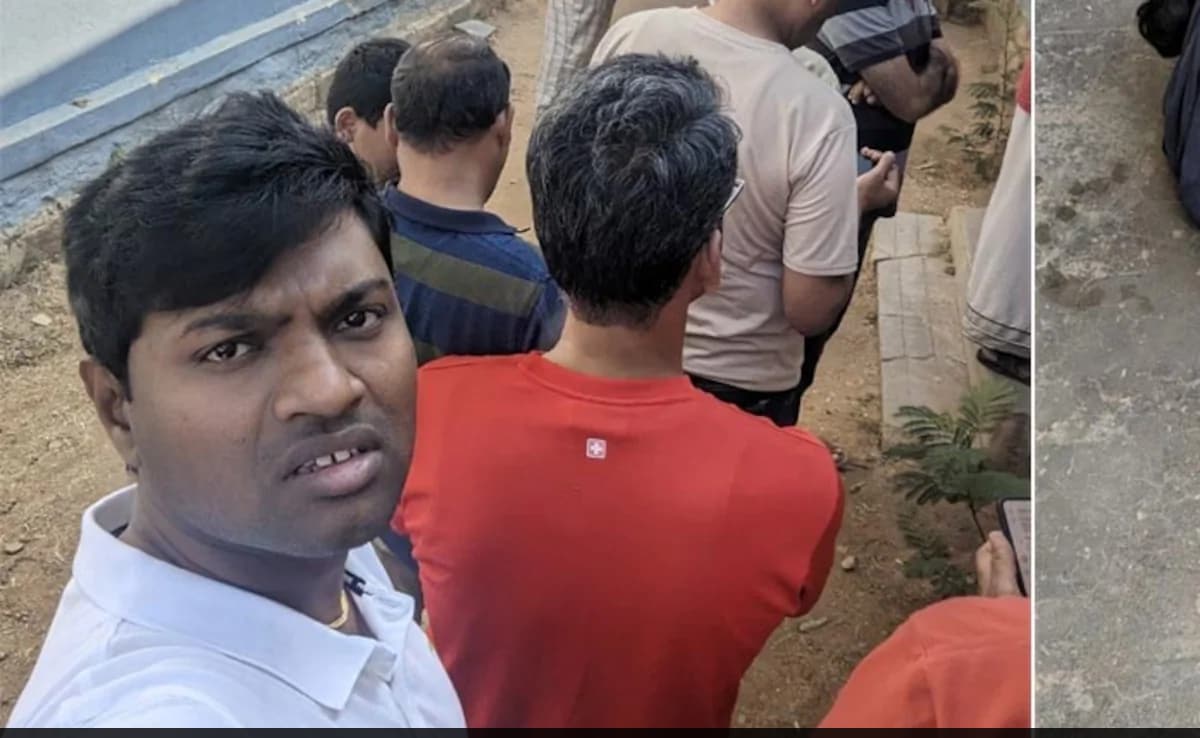
Voters have the right to “refuse to vote” even if they register their ID in front of the moderator.
Kolkata:
While the Election Commission promised to spare no effort in bringing eligible voters to the polling stations to exercise their right to vote, not many voters were aware of their right to “refuse to vote” even after registering their identity before the polling officer.
This right is independent of the voting provisions under NOTA and can be exercised under the Electoral Conduct Rules, Rule 49-O, 1961, which details the lesser-known option of electors to abstain from voting even after reaching the polling booth. .
The NOTA (None of the Above) option allows voters to express their lack of confidence in any candidate seeking mandate, while the “Refuse to Vote” option allows voters to sidestep the voting process entirely.
Section 49-O directs the presiding officer that once an elector refuses to vote in a polling booth after verification of his or her ID, the officer shall “note the same in the entry in Form 17A and the signature or thumb impression of the elector” should be punished for such remarks get”.
“This is not a newly introduced right. It has been around for some time. However, voters are not very aware about it. Most of them are not aware of this option,” a senior Election Commission official told PTI.
He clarified that, of course, abstentions would not affect the outcome of the vote and that the candidate with the highest number of valid votes would be declared elected, regardless of his margin of victory.
As for whether the Election Commission will raise awareness among voters, the official said, “There are no such plans at the moment.” Highlighting the advantages of Rule 49-O, he said the rule “provides the option to reject all candidates while checking for false votes”.
Statistics from the Election Commission show that in the 2019 general election, 1,389 votes were “rejected for other reasons (at polling stations)” across India.
However, it is not possible to determine whether all or part of these votes were rejected for persons exercising their rights under Article 49-O.
The rules state that “if an elector decides not to vote after duly entering his electoral roll number in Form 17A of the Register of Electors and taking his signature/thumb impression properly, he shall not be forced to vote”.
“In the form, for those voters who wish to leave without voting after signing the ‘Register of Electors’, ‘not to vote’ or ‘refuse to vote’ will be inserted in place of ‘according to the rules’,” it said.
If the ‘Assign’ button on the ‘Control Unit’ of the EVM (used to prepare the polling unit to ‘Record Vote’) is activated when a voter refuses to vote, the Presiding Officer or the Third Polling Officer should instruct the next voter to the Polling Panel Officer Point out that the voter goes to the polling room to record his/her vote.
However, if the “Assign” button is pressed to “release the vote” on the voting unit when a voter refuses to vote, the moderator must restart the control unit by cutting power to the control unit and disconnecting the VVPAT before the voting unit can be enabled. The machine takes the next vote, he said.
“After the ‘Busy’ light goes out and the ‘Close’ button functions to close the poll, the power needs to be turned on,” he explained.
(Except for the headline, this story has not been edited by NDTV staff and is published from a syndicated feed.)
wait reply load…
Follow us on Google news ,Twitter , and Join Whatsapp Group of thelocalreport.in
















